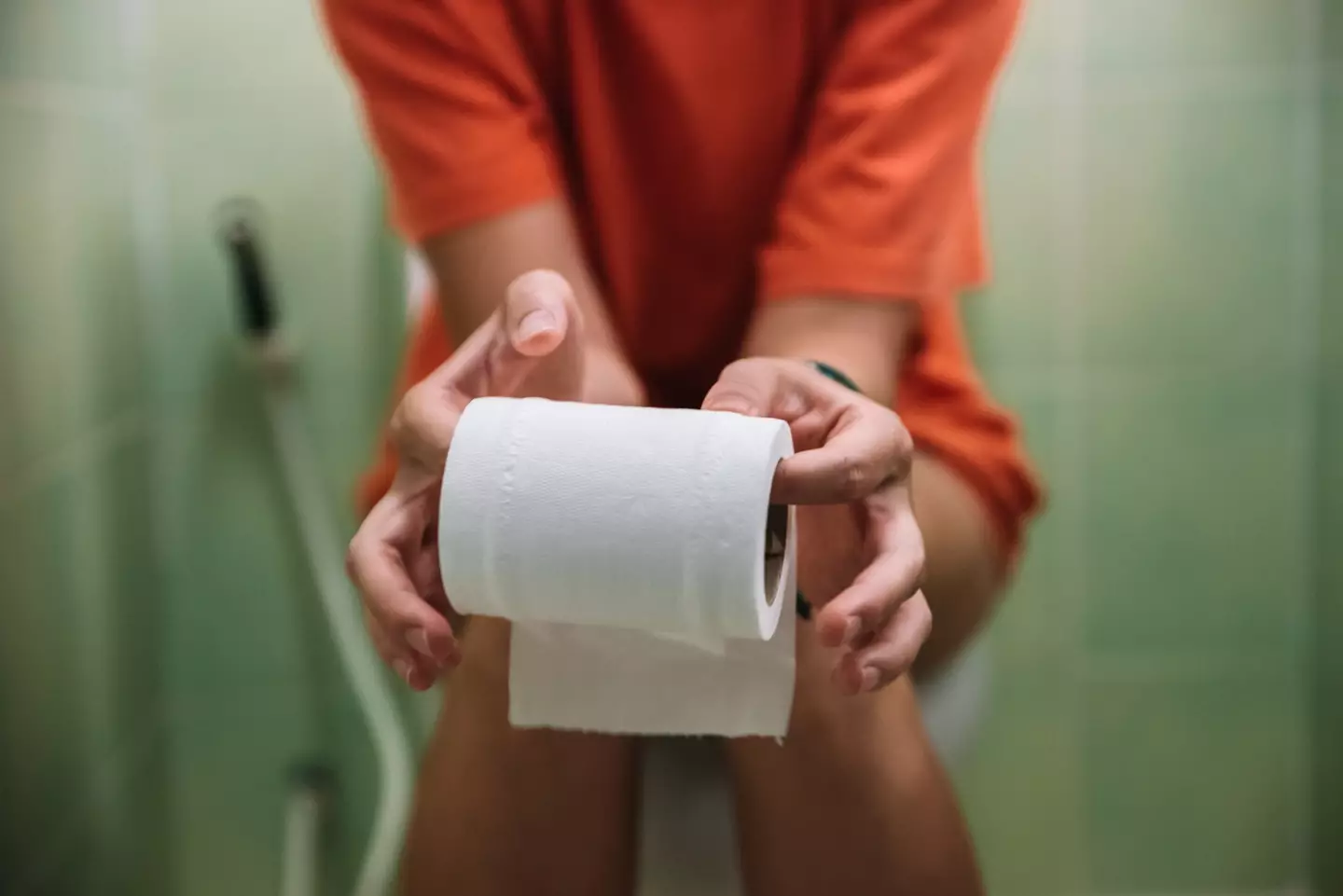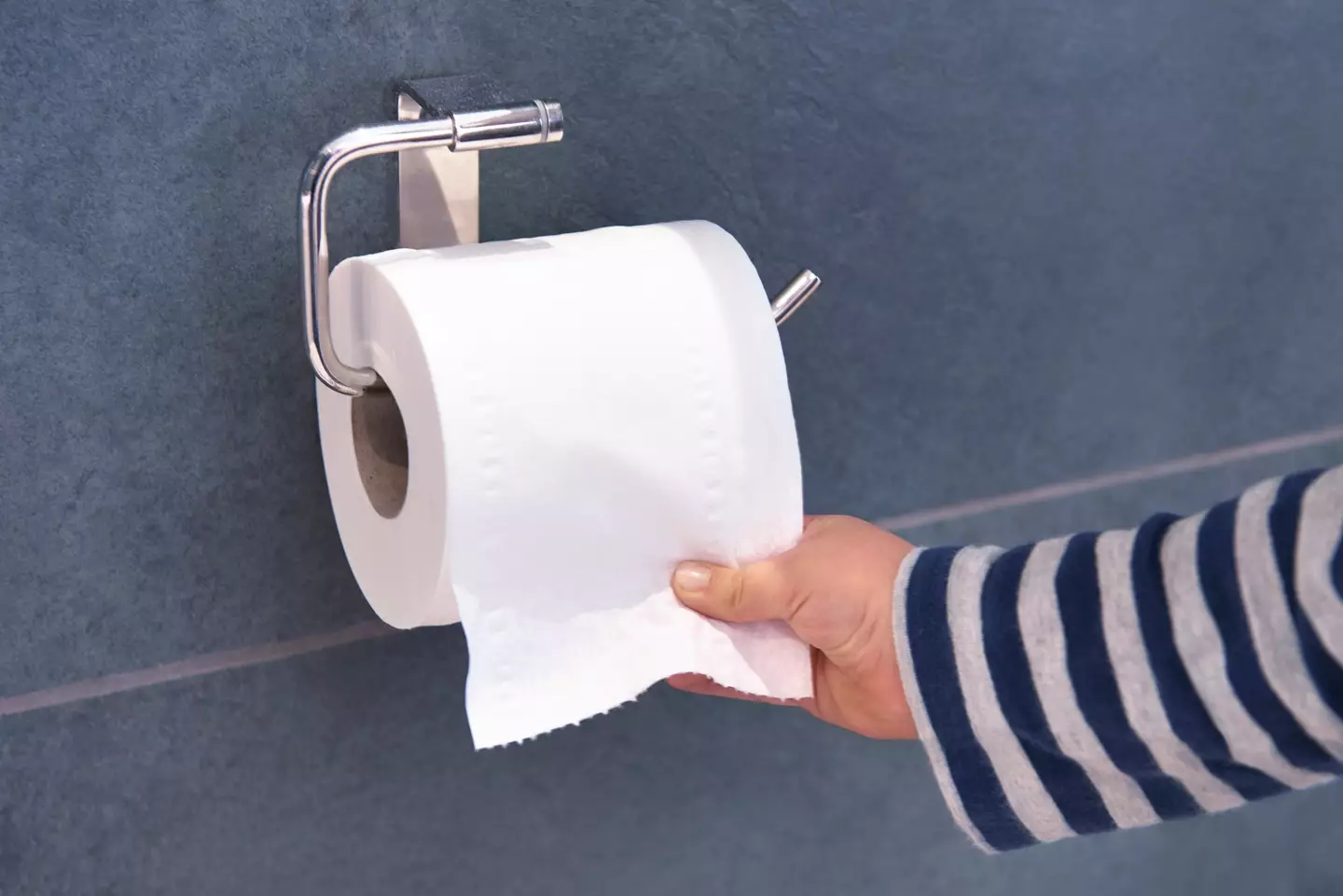A pelvic floor specialist has shared insights on why you should limit yourself to wiping no more than three times after a bowel movement.
While it might seem trivial aside from saving on toilet paper, experts argue that the frequency of wiping can have significant implications.
In a TikTok video, pelvic floor physiotherapist George provides a thorough explanation on the proper wiping technique post-defecation.
For those still refining their bathroom habits, this advice might be particularly useful.
The video has garnered significant attention, amassing over four million views.

Initially, George clarifies some essential details.
“When you are wiping more than two or three times, that is called faecal smearing,” she explains.
“So it is essentially when too much faeces matter stays at the entrance of the anus even after you have finished your poo.”
She then introduces a technique to minimize excessive wiping.
However, it requires some practice…
“A technique that you can use to reduce the number of times you wipe is by squeezing your pelvic floor in a waterfall formation,” George advises viewers.

“So start by squeezing the anus 20 per cent, then 50 per cent, 80 per cent, and 100 per cent so that you have squeezed it four times at the end of your poo.”
Detailing further, she adds, “This can help close off the anus sphincter, which is the reason you are having little bits of stool hanging on the entrance – it is usually from weakness from that external sphincter.”
Excessive wiping can also lead to certain medical conditions.
The physiotherapist mentions that haemorrhoids or any ‘scar tissue around anus’ might result from overuse of toilet paper.
However, she advises seeing a doctor if these issues persist.
The comment section of the video naturally included some humorous remarks.
One user quipped, “My problem is I’m as hairy as Chewbacca.
“It’s like wiping peanut butter off a Persian rug.”
It’s an image that’s hard to forget.
Others reminisced about when TikTok was primarily a platform for dance videos.
It certainly has evolved beyond just that!

